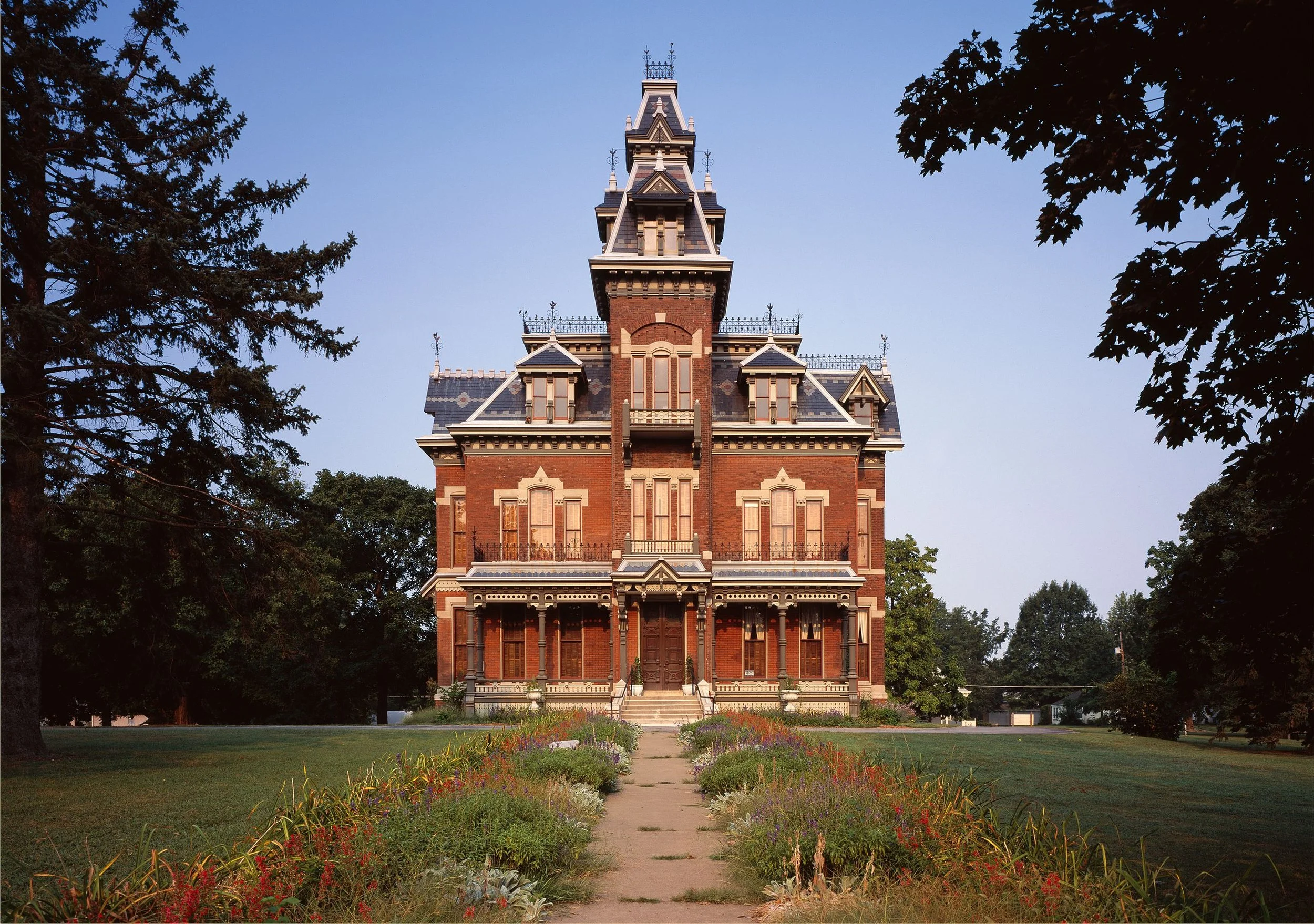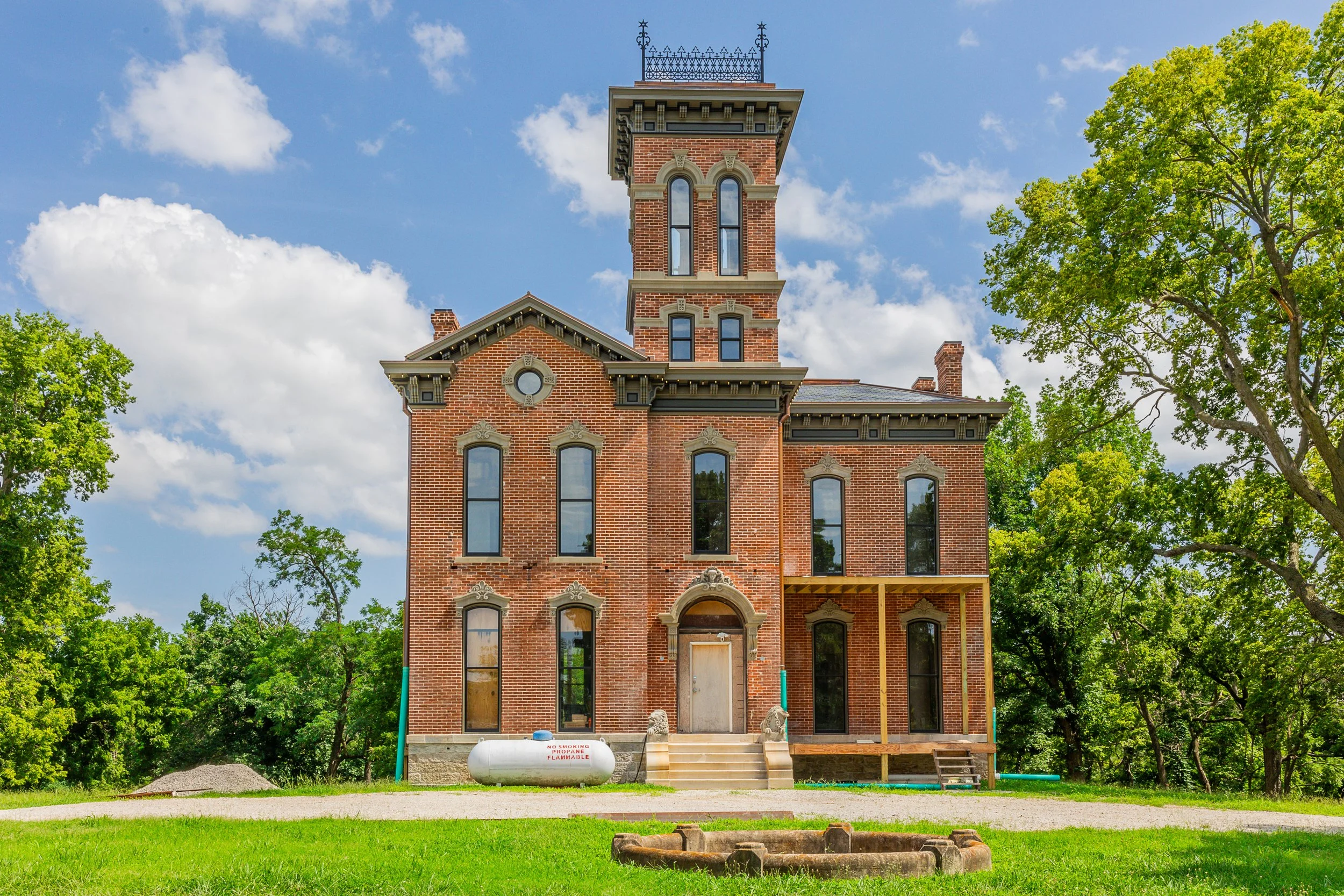The Story of the World's Largest Shuttlecocks
The Story of the World's Largest ShuttlecocksIf you were forwarded this email, click here to subscribe (it's free!) Read this story online | Sponsor this newsletter | Shop 📸
In 1994, the Nelson-Atkins Museum of Art installed four large shuttlecock sculptures across its front and back lawns. The sculptures were created by artists Claes Oldenburg and Coosje van Bruggen, who were commissioned by Kansas City philanthropists Morton and Estelle Sosland. The artists were given full creative freedom, and their idea took shape after a visit to the museum, where van Bruggen was drawn to a Frederic Remington painting featuring Native American feathered headdresses. This imagery, combined with the building’s symmetry and aerial resemblance to a lawn, inspired the idea of a giant game of badminton, with the neoclassical museum building acting as the net. Each sculpture stands nearly 18 feet tall, measures 16 feet in diameter, and weighs 5,500 pounds. The materials—fiberglass-reinforced plastic, aluminum, and paint—were chosen for their durability and ability to mimic the delicate appearance of a real shuttlecock. Thirty-six individual feather forms were created from three distinct molds and assembled in Rhode Island by a yacht manufacturer with expertise in weather-resistant construction.
Three of the shuttlecocks were placed on the south side of the museum and one on the north lawn, suggesting a completed rally in a match of badminton. Their angles and positions were carefully selected to avoid the formality and symmetry of the museum building while still maintaining a sense of motion and cohesion. One shuttlecock was even tilted to appear as though it had just landed. Installation took five days in the summer of 1994. The sculptures were engineered with precision to ensure that their size and weight appeared light and playful while remaining stable and secure in Kansas City’s climate.
When first unveiled, Shuttlecocks sparked controversy. Some community members questioned whether the sculptures qualified as art and criticized their appearance in front of a classical-style museum. Editorials and letters to local newspapers expressed both strong opposition and strong support. Despite the criticism, the museum and its donors moved forward with the installation. Over time, public perception changed. The shuttlecocks became a well-known feature of the museum grounds and a recognizable symbol of Kansas City. They are now commonly used in promotional materials and have become a popular site for photographs, events, and tourism. This Week's Featured Home4520 Holmes St, Kansas City, MO 64110
Realtors: interested in sponsoring this section to 10K+ readers? Just email me at hello@kcyesterday.com! Thanks for reading Reader! I'm thrilled to add the Shuttlecocks Poster to my Vintage Poster Collection. I hope you'll grab one as well! What other historic locations would you like to see as a vintage poster? Reply and let me know! ps: then vs. now of the Beer Castle at 18th & Main (modern day Barkley). |
Stories from the City - History of Kansas City
Join thousands of others and discover Kansas City's captivating history every week with the exclusive newsletter from KC Yesterday. Sign up now to unlock fascinating stories about the mafia, architecture, prohibition, sports, and everything in between!
The Story of Vaile Mansion in Independence If you were forwarded this email, click here to subscribe (it's free!) Read this story online | Sponsor this newsletter | Shop 📸 Courtesy LOC/Carol Highsmith. The Vaile Mansion in Independence, MO is one of the most notable surviving examples of Second Empire architecture in the United States. Built in 1881 for Colonel Harvey Merrick Vaile and his wife, Sophia, the residence was designed by Kansas City architect Asa Beebe Cross and inspired by a...
The Story of Corinthian Hall If you were forwarded this email, click here to subscribe (it's free!) Read this story online | Sponsor this newsletter | Shop 📸 Perched high in the Scarritt Point neighborhood, Corinthian Hall is among Kansas City’s most architecturally and historically significant homes. Built in 1910 for lumber magnate Robert A. Long, the mansion was a statement of wealth, civic ambition, and refined taste. It was designed by architect Henry F. Hoit, who would go on to shape...
The Story of Sauer Castle (1873) If you were forwarded this email, click here to subscribe (it's free!) Read this story online | Sponsor this newsletter | Shop 📸 KC Yesterday Sauer Castle, located at 935 Shawnee Road in Kansas City, Kansas, is one of the region’s most recognized examples of Italianate architecture and one of the most historically significant residences in the city. Construction began around 1871 and was completed in 1873 as the home of German immigrant Anton Sauer and his...





